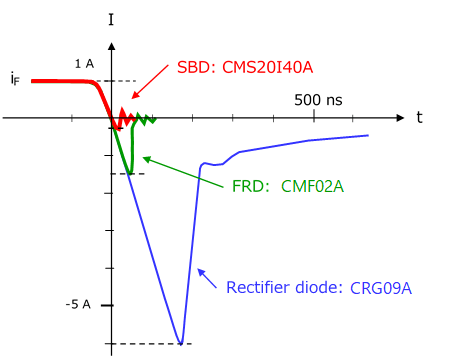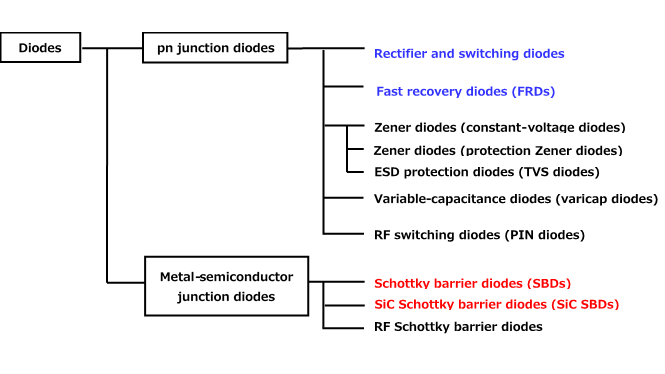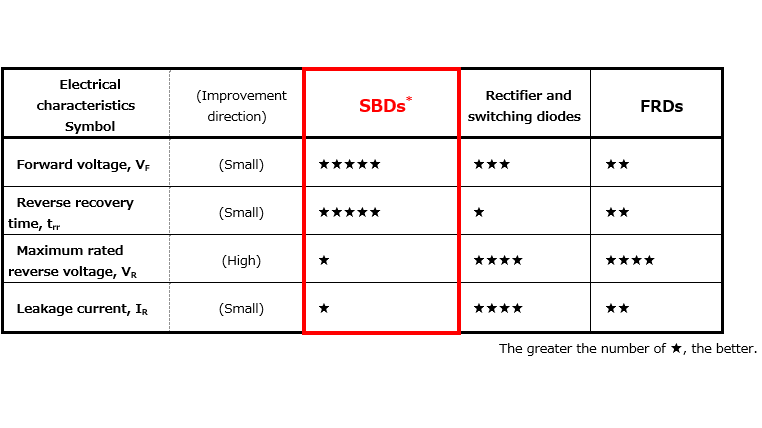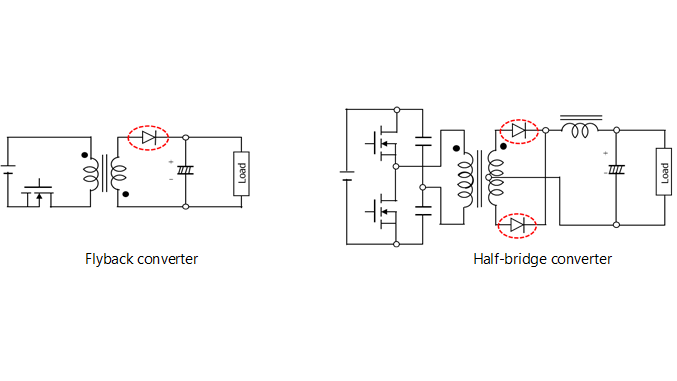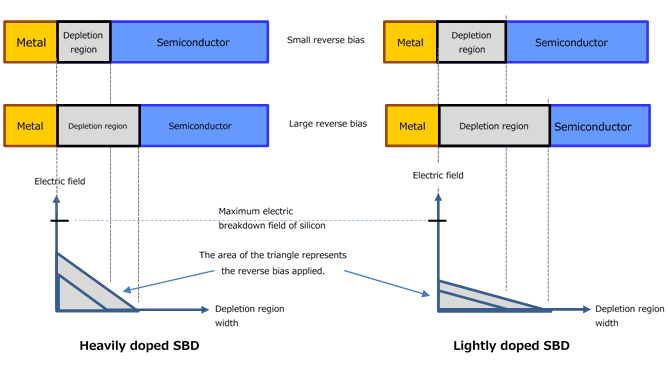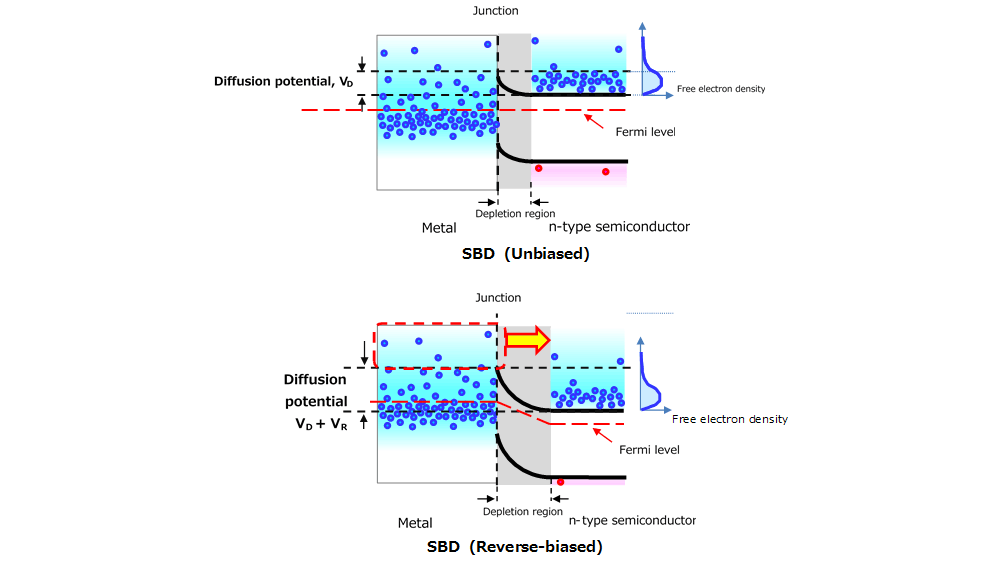- 型号 & 关键词搜索
- 交叉搜索
- 参数搜索
- 库存查询与购买
This webpage doesn't work with Internet Explorer. Please use the latest version of Google Chrome, Microsoft Edge, Mozilla Firefox or Safari.
请输入3个以上字符 Search for multiple part numbers fromhere.
The information presented in this cross reference is based on TOSHIBA's selection criteria and should be treated as a suggestion only. Please carefully review the latest versions of all relevant information on the TOSHIBA products, including without limitation data sheets and validate all operating parameters of the TOSHIBA products to ensure that the suggested TOSHIBA products are truly compatible with your design and application.Please note that this cross reference is based on TOSHIBA's estimate of compatibility with other manufacturers' products, based on other manufacturers' published data, at the time the data was collected.TOSHIBA is not responsible for any incorrect or incomplete information. Information is subject to change at any time without notice.
请输入3个以上字符
3-5.反向恢复时间
当二极管和其它半导体器件导通时,由于自由电子和空穴(载流子)而产生电流。此外,这些载流子作为电荷积聚在跨结形成的耗尽区或寄生电容器中,并且还作为过剩载流子积聚在轻掺杂区中。(这会导致上述电导率调制。)当这些器件从导通状态转换到关断状态时,它们会像电容器一样释放电子。所产生的电子流动作为反方向的电流流动接受观察。
正向电压(VF)为正,而电流(IF)介于零和峰值反向恢复电流(Irr)之间。在此期间,耗尽区和寄生电容器的电荷主要被释放,导致负电流流动。一旦iF达到Irr,导致电导率调制的过剩载流子(电子和空穴)就会消失,因为它们会再结合。因此,这种再结合所需的时间取决于载流子的寿命。
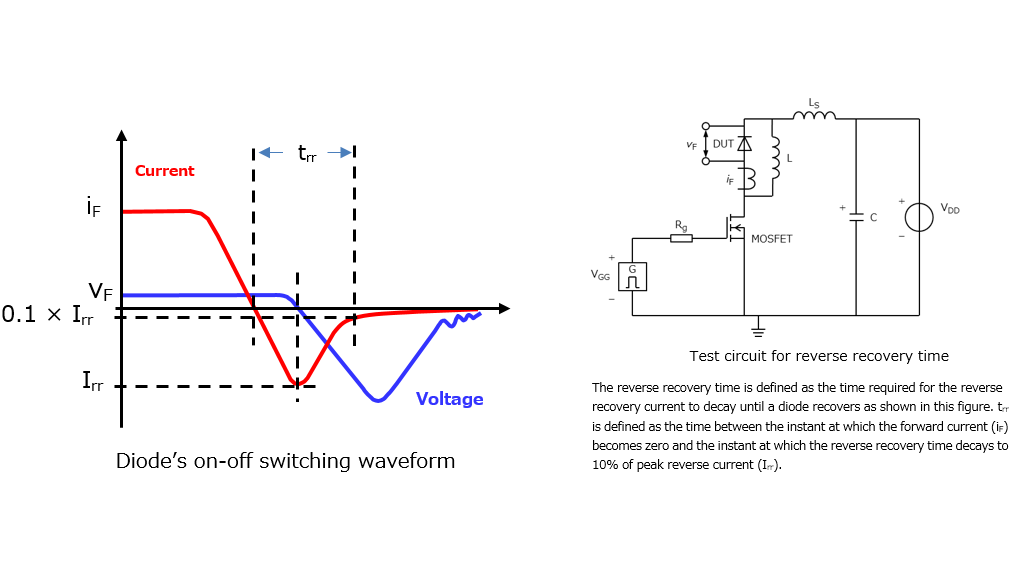
如上所述,电导率调制发生在双极器件(如pn结二极管)中,理论上不会发生在单极器件(如SBD)中。因此,SBD的反向恢复时间几乎为零。
图3-9比较了两种典型pn结二极管的反向恢复特性,即CRG09A整流二极管(VR=400V,IF=1A)和CMF02A快速恢复二极管(VR=600V,IF=1A),以及CMS20I40A SBD(VR=40V,IF=2A)。虽然由于它们的最大额定反向电压不同,很难进行简单的比较,但快速恢复二极管(FRD)的反向恢复时间远远小于整流二极管,而SBD的反向恢复时间几乎为零。
